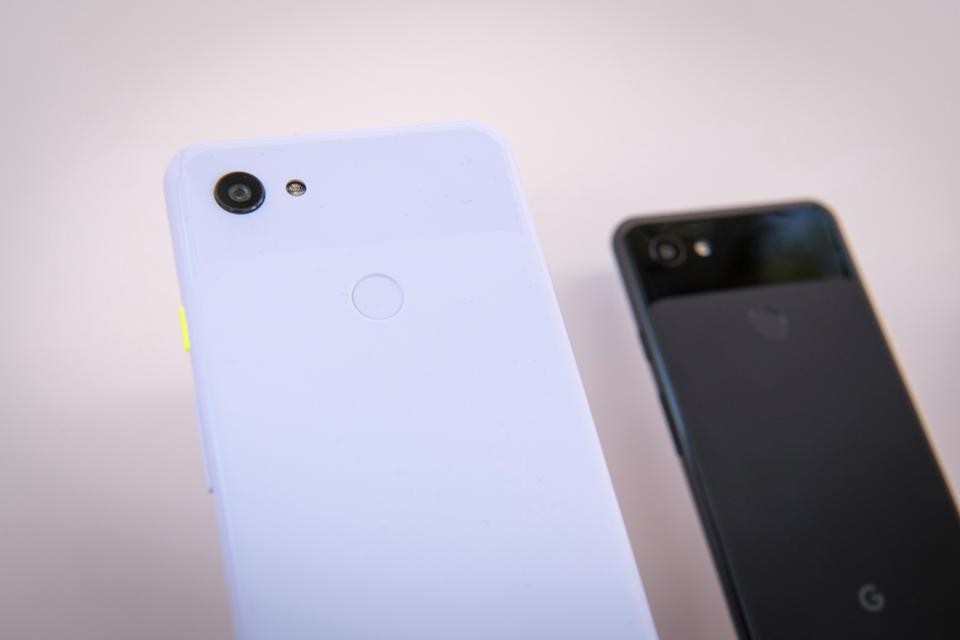Something dramatic is happening to the mid-range smartphone tier. In the last year we’ve seen Apple (iPhone XR), Samsung (S10e) and Google (Pixel 3A) produce powerful, impressive devices that frankly don’t look very mid-range at all.
Samsung’s new S10 Lite looks like it has stretched the definition of a budget phone even further. Last year’s flagship Qualcomm Snapdragon 855 processor, impressive camera tech alongside the addition of a macro lens (a nice surprise) and a giant 4500mAh battery make this as close to a flagship phone as possible.
The 1080p resolution confirms its middling place on the hierarchy, as will the price when it’s released. But Samsung, clearly, has laid down the 2020 gauntlet to its rivals.
The Lite’s first challenge will be from Google’s Pixel 4A, which has a surprisingly impressive predecessor – both in performance and sales. But it has a task on its hands competing against the Galaxy S10 Lite. So what can Google do to both make up for its Pixel 4 mistakes and fend off competition from Samsung?
Size matters
That big battery in the S10 Lite? It’s possible because the phone is also huge. It has a 6.7-inch display, which is larger than the S10+ (6.4 inches) and just slightly smaller than the Note 10 Plus (6.8 inches). I know the large screen phone debate was settled some years ago, but, if you talk to smartphone owners, displays that big are still polarising.
On the other end of the spectrum rumours suggest Google isn’t going to release an XL version of the 4A this year. That doesn’t necessarily mean Google will only release a 5.2-inch phone – the same size as the smaller Pixel 4 – instead it might create a new size entirely. Or, at least, I think it should.
A 6-inch Pixel 4A would be a Goldilocks-sized phone for users who think the XL is too large and the smaller option is too petite. I suspect both camps would be happy to compromise on their preferred size – both upwards and downwards – and be left happy with their choice.
Combined with the low price, flagship camera and Assistant capabilities (which is arguably the main draw of Pixel phones) – a non-polarising sized Pixel 4A could be a big seller.
Levelling up Google Assistant
One of the main reasons to buy a Pixel phone is Assistant, its resident artificial intelligence. Assistant has only really come into its own in the last two smartphone cycles or so.
Google has smartly moved away from the gimmicky sassy answers that people associate with natural language AI, and instead created genuinely useful features that improve the experience of using a Pixel. The automatic transcription and captioning of muted videos and voice notes are two AI features that stand out in the Pixel 4.
Clearly there’s more to be done and every phone release should be partnered up with a new Assistant feature release, because Assistant is fast becoming just as important. Duplex, the AI feature that automatically makes restaurant reservations on your behalf, is the obvious choice for a wider release. It’s still limited to the US and there’s supposed to be a lot more to it than table booking – think doctor or barber appointments.
The tech is in its infancy, but if Google has more Duplex-style features by the time the 4A releases – then it will be a gamechanger.
FORBES
